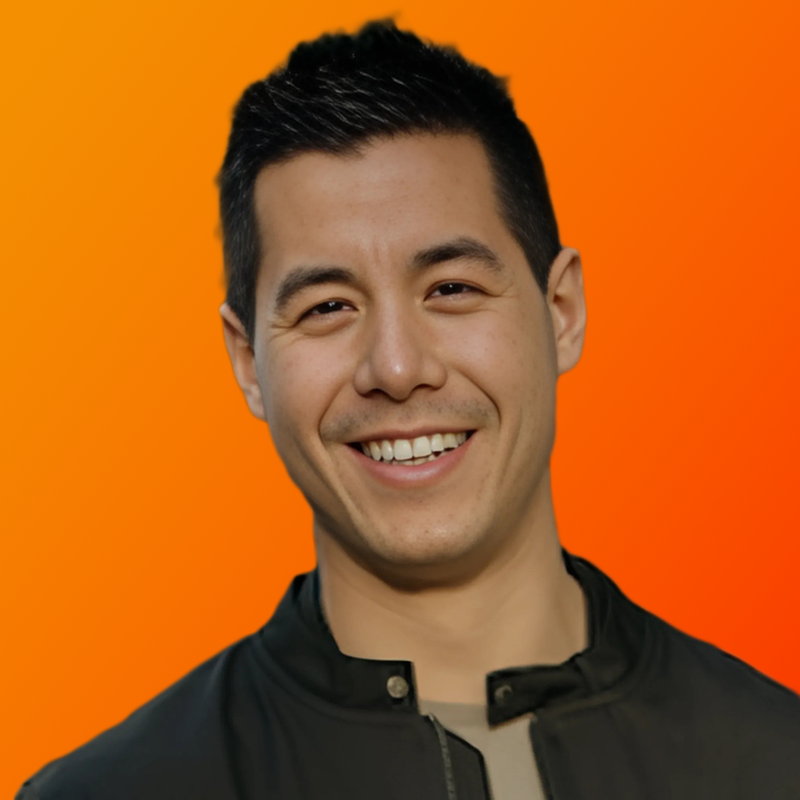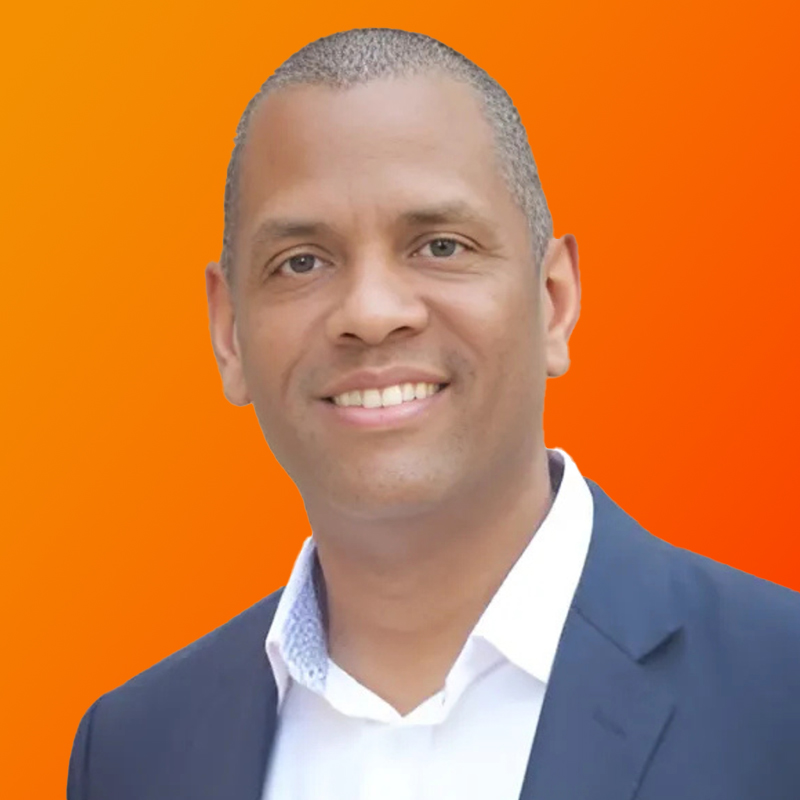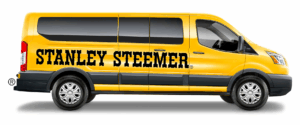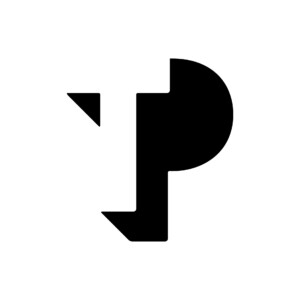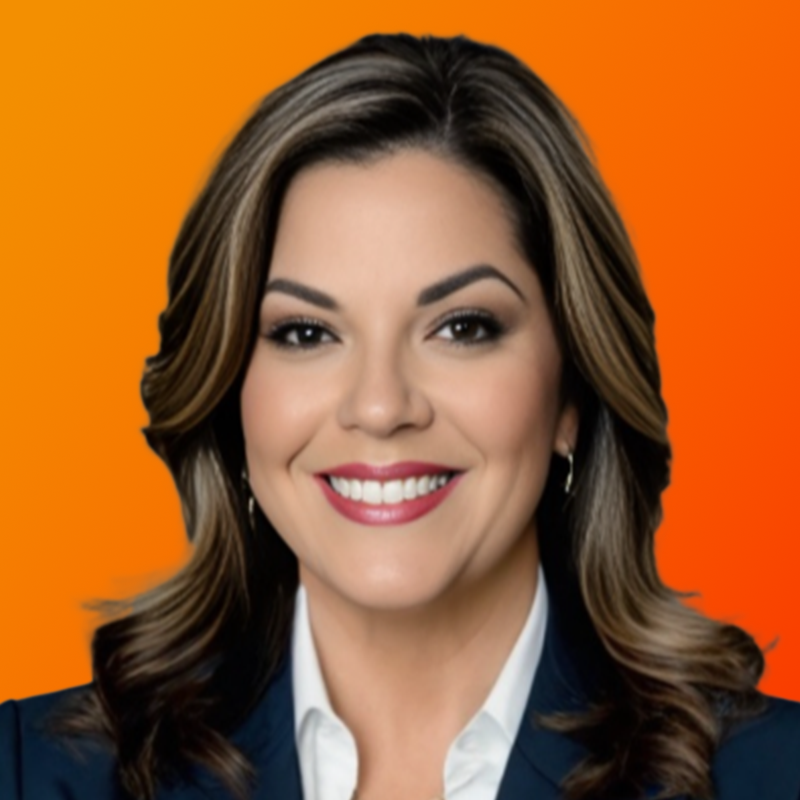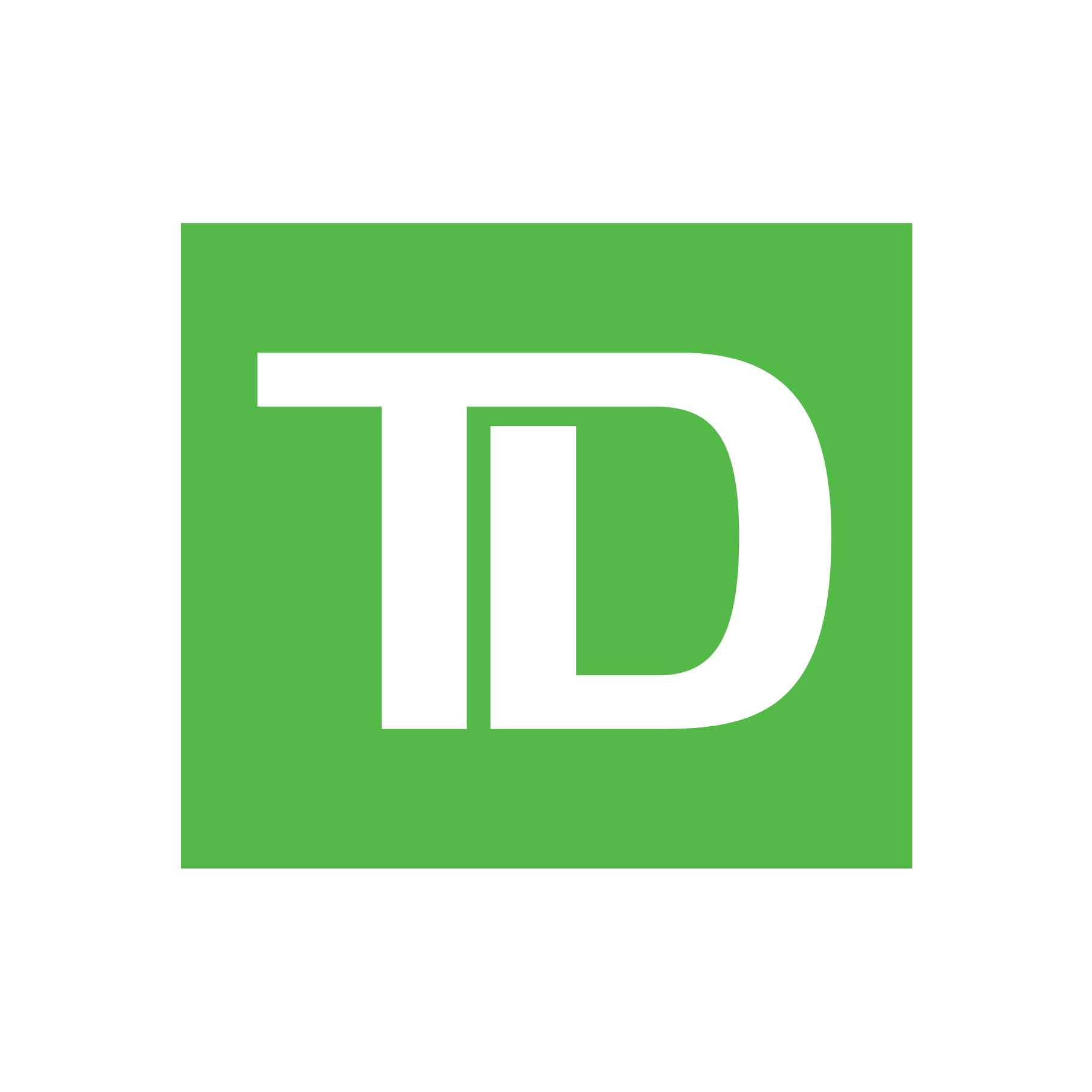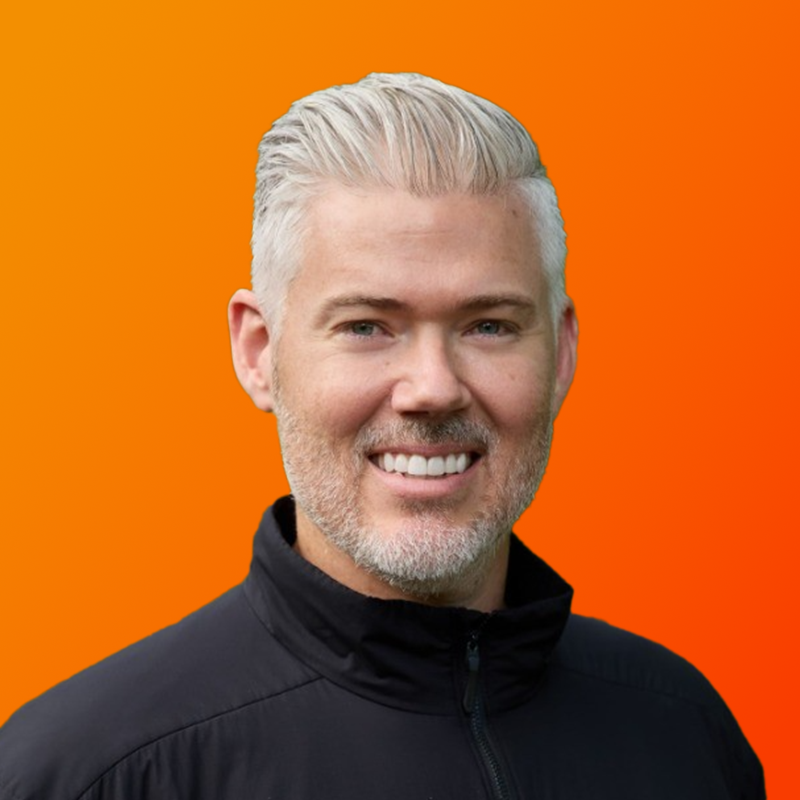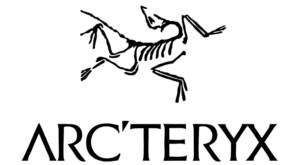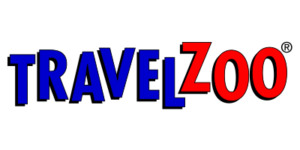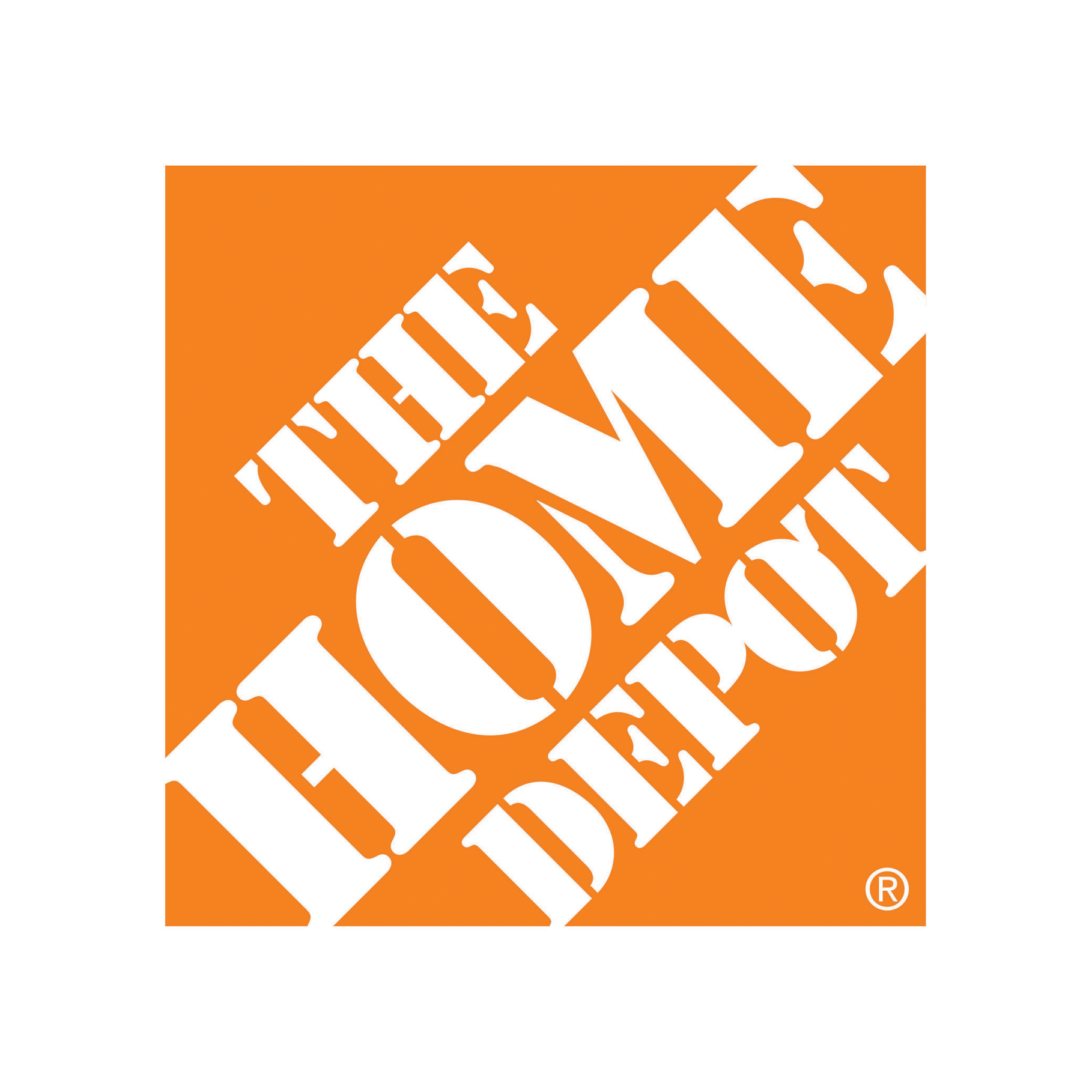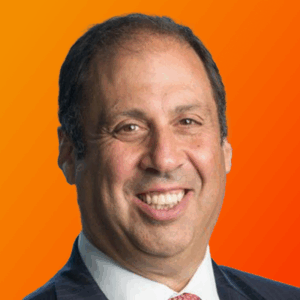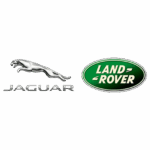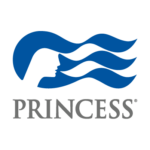Guest blog post written by Tim Mueller-Hickler and Cristina Stievano
In addition to the behavioral interview approach described in On Interviewing: Part 1, another interview format involves presenting a case study. In this situation, the candidate is given a prompt in advance and asked to deliver a presentation that outlines their recommendations.
This format differs from a behavioral interview in that the candidate can essentially lead the pace and direction of the interview.
Preparation
Preparation is critically essential for a case study interview. These are challenging assignments. Plan to spend a lot of time preparing! Be aware that the prompt you receive for your case study may be pretty broad or very detailed. In some cases, how you format your response is entirely up to you.
In contrast, in other cases you will be asked to deliver a specific set of slides, each of which addresses an aspect of the solution (e.g., one slide for the go-to-market plan, another for voice of the customer, etc). Upon receiving the assignment, make sure you ask clarifying questions about the study and find out how the meeting will run, including any hot buttons that should be covered or avoided. The hiring manager, the recruiter, and in some cases even the internet, can be excellent sources of information. A few, well-selected, probing questions can help set you on the right track (and save a lot of time).
Research
Before preparing your case study, the proper up-front research will influence your approach: Find out who will be attending. Make sure to research each member of the panel. Memorize their faces so you can address them by name whenever possible. Determine what functions/roles the interviewers represent, as well as their seniority – are they tech, exec leadership, finance, or a combination of many functions?
You will need to tailor your approach and communication style to match the audience. A tech panel often wants details up front, and then a solution. An executive panel usually prefers starting with a broader vision, then getting the bottom line up front, before having you expand into the details as needed.
Learn how the topic you have been asked to discuss is currently handled in the company. For example, if your study is about the Mergers and Acquisitions space (M&A), research the company’s M&A strategy. You can often find this type of information in investor statements, quarterly releases, corporate messages, and in YouTube videos or industry articles.
Demonstrate that you can adapt your communications into a visual and verbal style that aligns with company practices. This is about demonstrating your flexibility and adaptability. Using their language and style in your slides makes you approachable and instantly a good fit.
For example:
- Use their company’s template for your slide deck (you can find it on investor presentations, YouTube, or podcasts).
- Learn whether their presentations tend to be playful/creative or are more text-heavy.
- Learn their corporate language and incorporate it into your slides (for example: WBR is a Weekly Business Review, or SPS is a Strategic Planning Session).
The Creative Process
Once you have done your basic research (did I mention this is time-consuming?), it’s time to begin the creative process. This is where you identify the solution to the problem you have been given, and determine how you will best present it to highlight your strengths and fit for the role and company. Note: this is likely not a one-day exercise. Let your ideas percolate for a few days until they become crystal clear and you can express them effectively.
Start by interpreting the prompt to understand the underlying motivation for the assignment. Decide how much of your message should be strategic, operational, or innovative. This is where you apply the research you have already done so far about how the company has used this topic in the past. Your prior investigation should guide your high-level approach.
Build your deck in the following order:
- Crystallize the core talking points and identify your main takeaways.
- Work backwards and figure out how to structure them into segments/slides. This ensures the presentation remains consistent and true to your strategy.
- Add details and start to flesh out each segment.
Now figure out how you are going to weave your information into a story you can tell. This is when you determine the flow your slides will have. Be detailed on your slides about the information you want to convey, and then add color by speaking to specific examples that illustrate your points. For example, your slide may be about what to accomplish in the first 90 days, and your added color is how you will prioritize the first two weeks.
Finally, try to format your slides to match the established templates currently in use by the company. Avoid using PowerPoint off-the-shelf templates or AI to design your slides. It’s easy to recognize and will undermine the effort you have put into pulling this together. Make the slides your own while reflecting the company culture.
The Presentation
The time available to present is short. Use the time to demonstrate not just your recommendations (the What), but also your thought process (the How). Explain the assumptions you made and the past experiences you applied that led to your recommendations. Outline the journey you would take to deliver the recommendations, including what obstacles and risks you anticipate. Examples might include meeting with a user experience group to gather feedback, conducting a customer study, and/or validating the proposal with other internal teams before presenting it to leadership. This additional color is often more interesting and informative to the interviewers than your actual recommendations. It illustrates your depth of thought, your ability to work with peers and partners, and your mental agility.
When presenting, use their language and incorporate it into your narrative. For example, reference their business planning process and how your solution would fit that framework. This will make you relatable and demonstrate that you are a good cultural fit.
You have practiced your timing and delivery several times before the presentation. Therefore, you do not need to look at notes while presenting! However, you may get more questions than anticipated. Keep track of the time and adjust accordingly. If you are running behind, do not try to catch up by speaking more quickly! When running behind, skip some of the material and focus on what is most important based on the questions received so far. Under no circumstances should you run out of time without finishing the presentation.
In some cases, questions may be held until the end, but often, questions will be asked while you present. As part of your preparation, you have already compiled a list of anticipated questions and prepared your answers. So you should welcome this interaction. If you get questions during the presentation, use this as an opportunity to establish a two-way conversation. Discuss new takes on your ideas, and welcome them. This is also a good time to address or reference your interviewers by name (“To Andrea’s question earlier…”). It’s a great way to make a personal connection.
When you get a question, make sure you answer the question asked! This sounds easy, but it’s surprising how often it doesn’t happen. It’s OK to slow down and think about your answer. If you aren’t sure what the question means, ask for clarification before answering. Don’t start talking until you are ready! Sometimes it’s prudent to ask if the question was answered before moving on – this helps reinforce the point and shows care for others.

Wrap Up
This is a critical part of the interview, and one that is often overlooked. Your interview isn’t over when you finish your presentation; it’s only over once you have left the building, so stay alert!
I will repeat some of the advice I included in Part 1 of this series:
Q&A: Use this time to add or reinforce any information about you that hasn’t come across in the interview, and to gather the information you need to make a decision should you get a job offer. If you don’t have interesting questions prepared, it’s a red flag for the interviewer(s). Questions are not optional, and you should be ready to use all of the allocated time in a meaningful conversation.
Ask insightful questions that demonstrate you walked the store and are acquainted with their business more broadly than what was reflected in the case study. During Q&A, make sure you tailor your communication style to match the seniority and roles of the audience.
This is the time to get additional insights about the company strategy, the company culture, the hiring manager’s leadership style, and the type of work you will be doing.
Use this time wisely and make sure you are well prepared! I once had an interview with a CEO, and he opened the interview with a single question: “What questions do you have for me?” I had to lead the whole hour-long conversation, so good thing I had prepped for the Q&A section, and had walked the store
Close: The close is an often-overlooked but critical part of the interview. At the end of the interview, look the hiring manager (and key panelists) in the eye and tell them: “I’m really excited about working with you. I would love to be part of this team. I’m confident I can quickly contribute, and I’m in it for the long term”.
It might sound like flattery, but the truth is every manager wants to hear that you want to work with them and that you want to be part of their team. Don’t miss this step; it’s crucial and often overlooked. And make sure it’s authentic.
Good luck, and have fun!
The Execs In The Know Expert Network
Want to connect with Tim or learn more about his expertise? You can do that through the Execs In The Know Expert Network—a curated group of trusted CX professionals, each selected for their proven leadership and deep subject matter expertise across key areas of the customer experience discipline.
Access to the Expert Network is available exclusively to Know It All (KIA) members. Not a member yet? Join the free KIA community today and start tapping into CX expertise you can trust.
About Tim

A seasoned global operations and customer experience executive, Tim Mueller-Hickler is known for his empathetic leadership, high standards, and commitment to customer-focused operational excellence.
A member of the Execs In The Know Expert Network, he has held senior roles at industry-leading companies including Amazon, Sun Microsystems, and Snap, where he led large-scale global teams across customer service, trust and safety, shared services, and platform integrity.
With a career spanning logistics, tech, and digital platforms, he has overseen teams of up to 50,000 agents, managed over $1B in annual spend, and helped shape Amazon’s world-renowned customer service reputation. Fluent in multiple languages and with extensive international experience, he brings a unique global perspective to developing high-performing, culturally attuned teams.

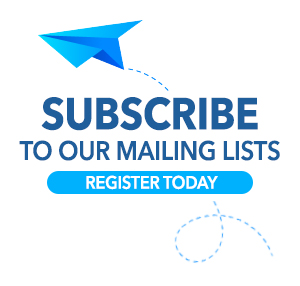
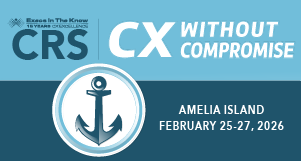

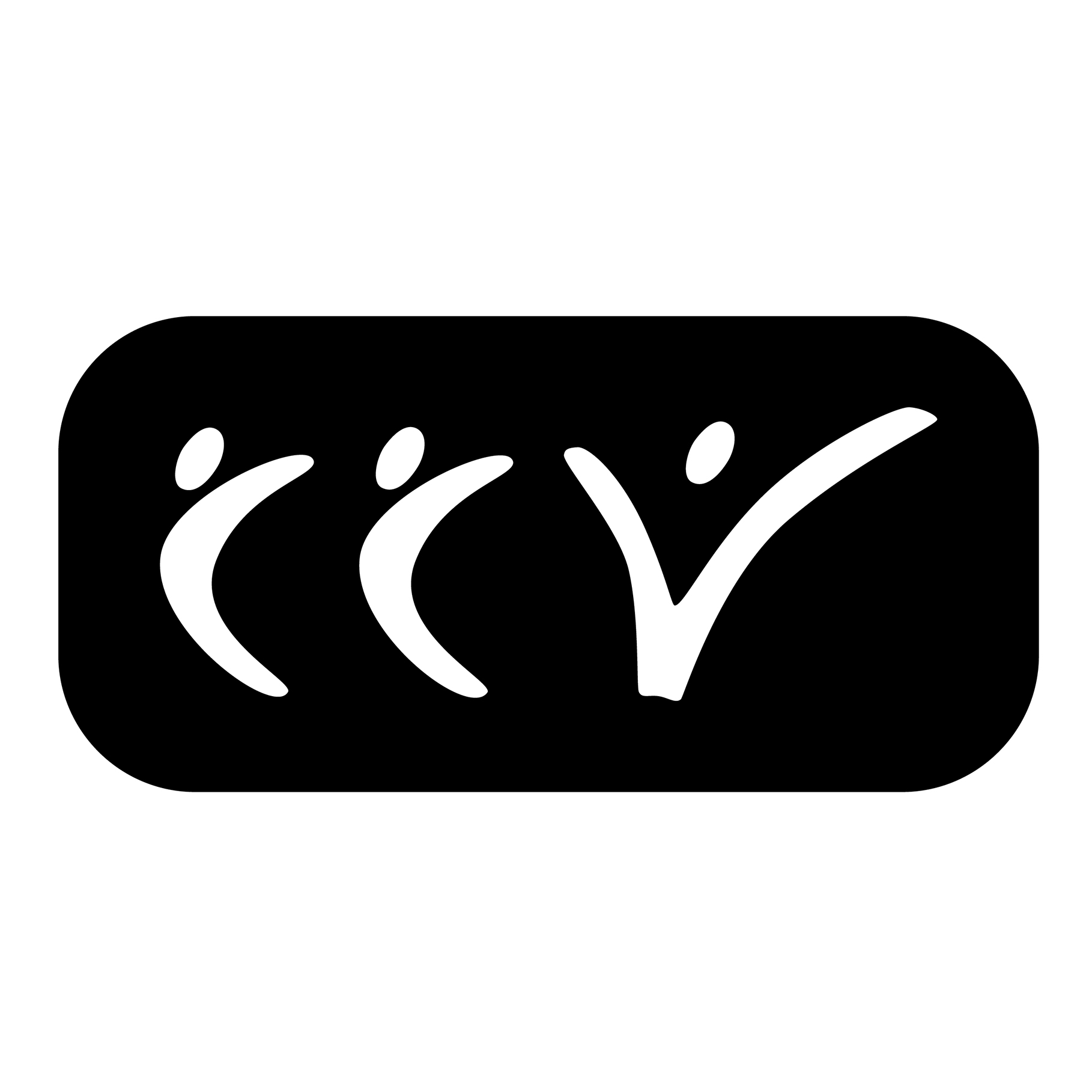





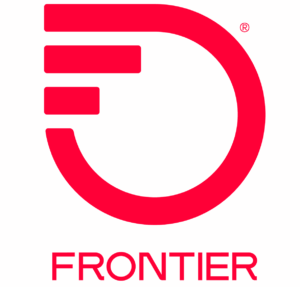
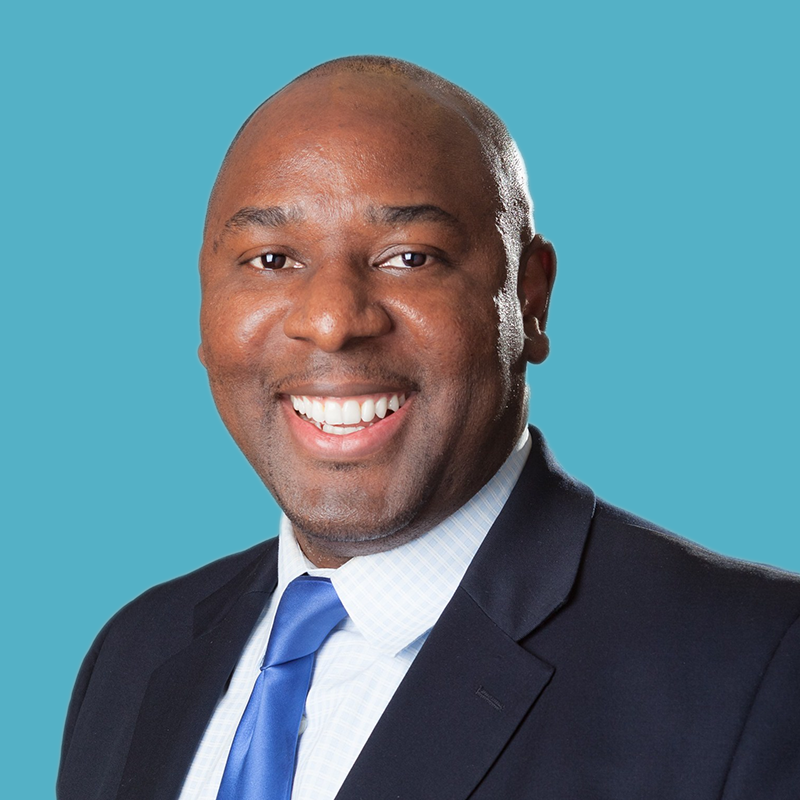


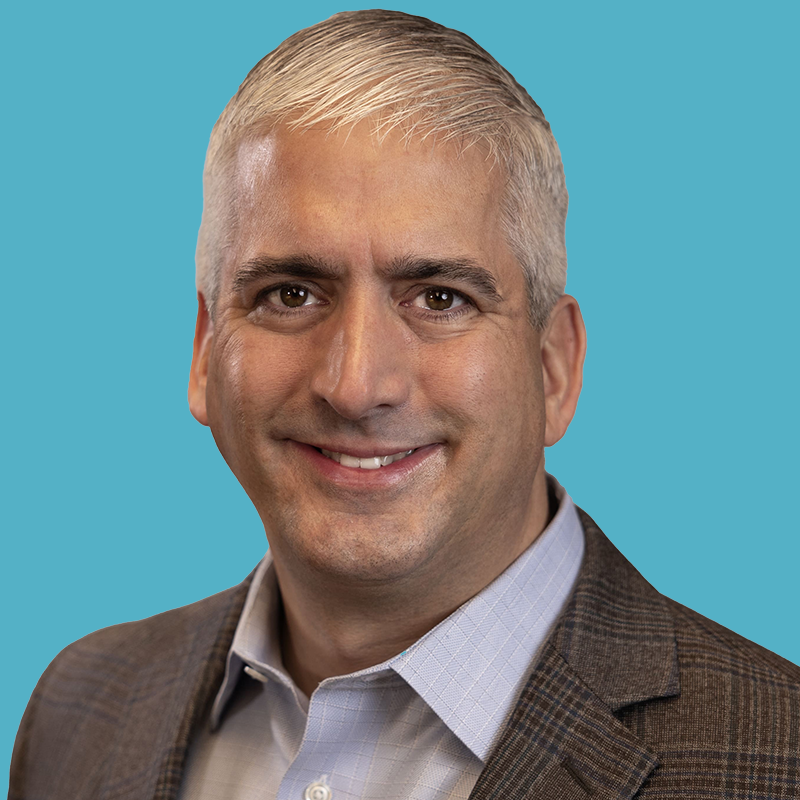



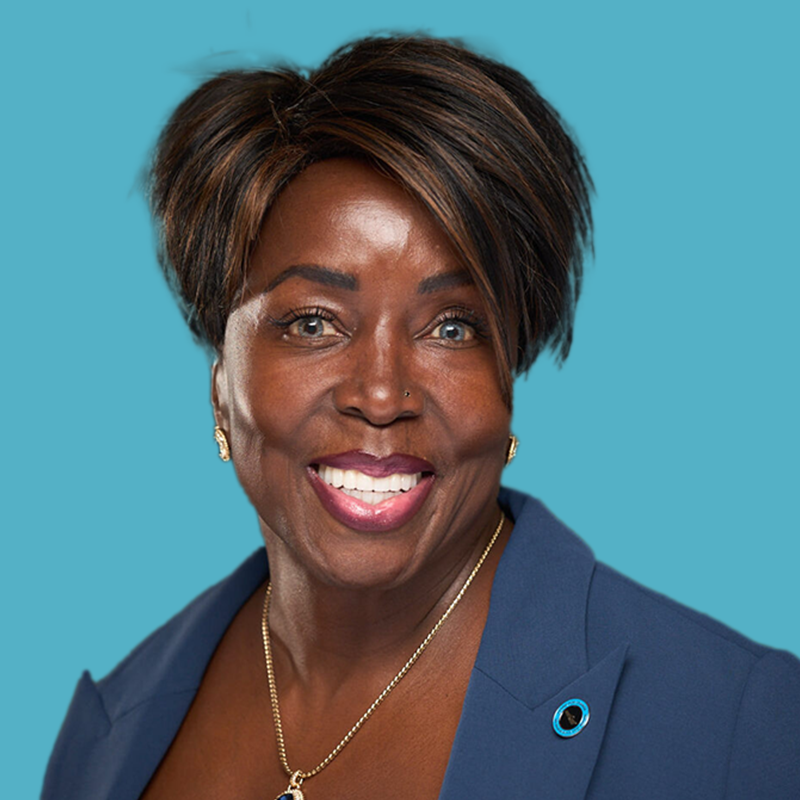





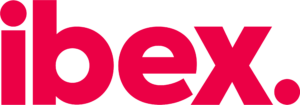
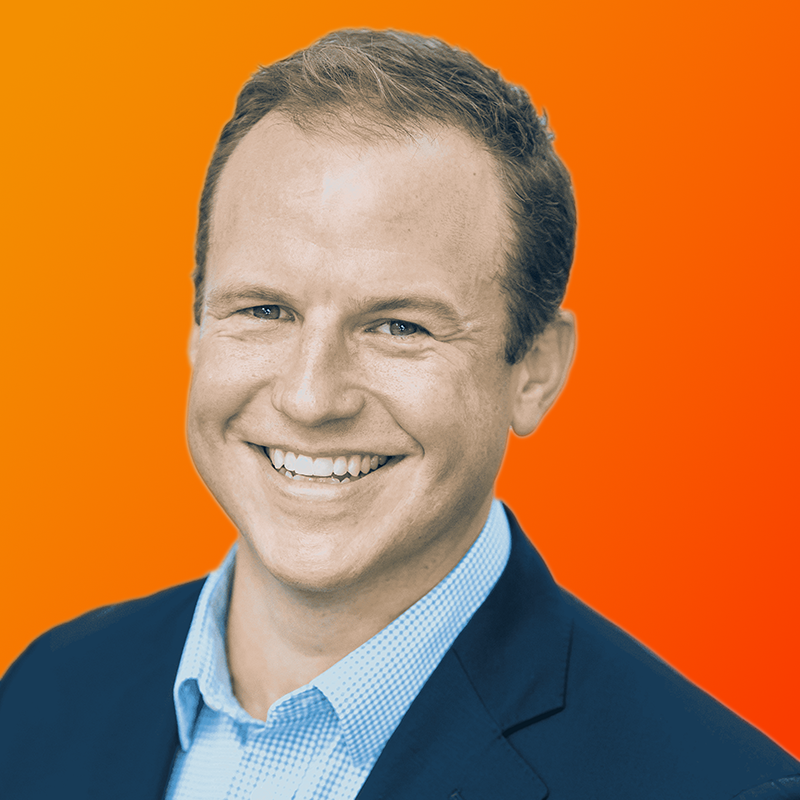
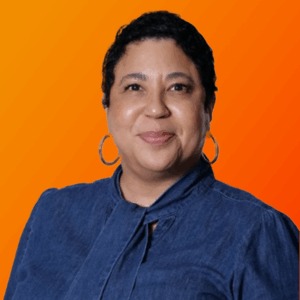


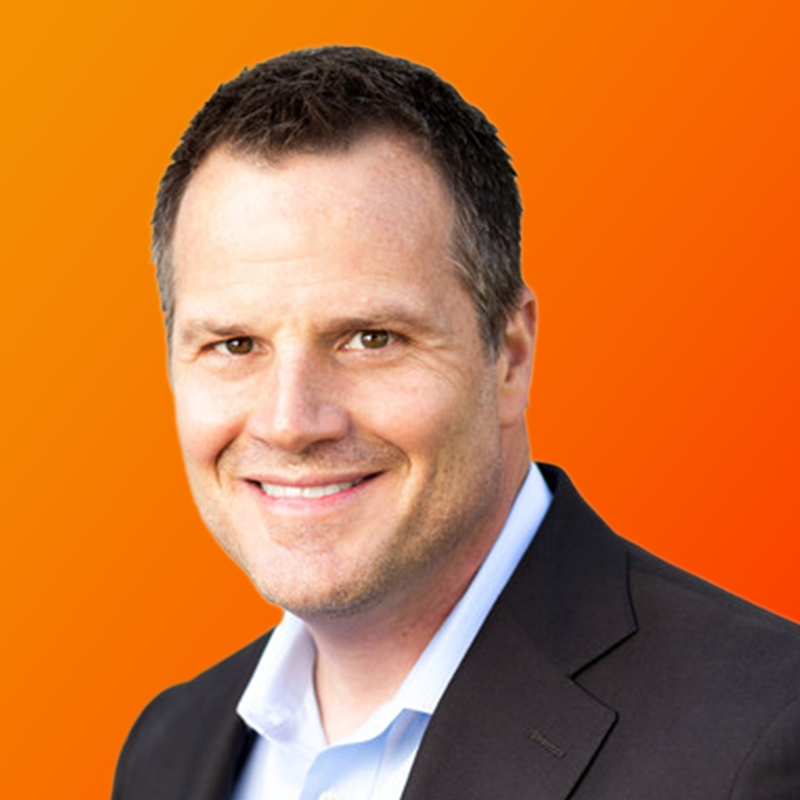

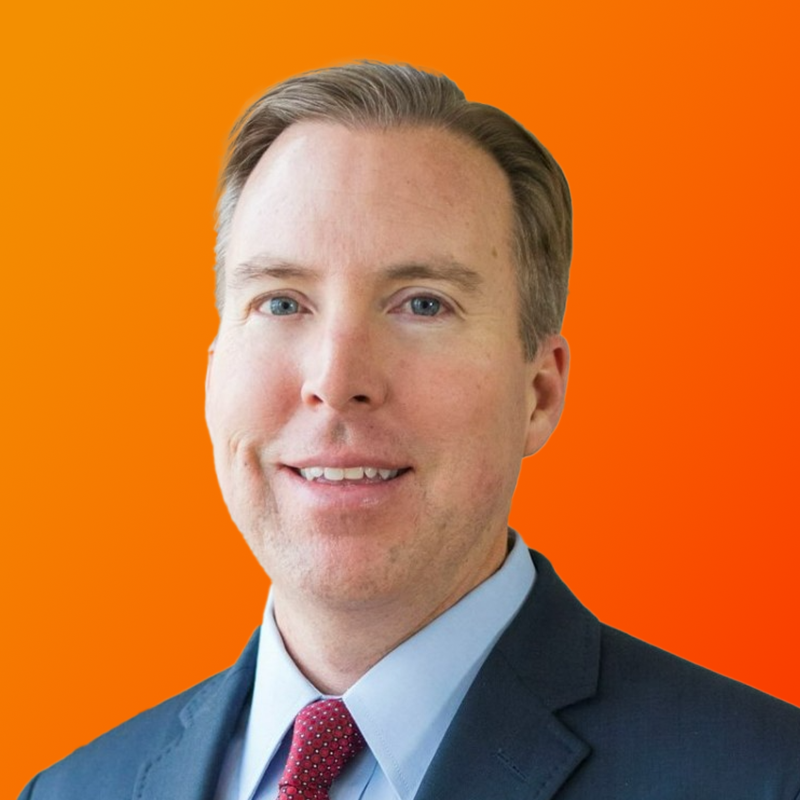


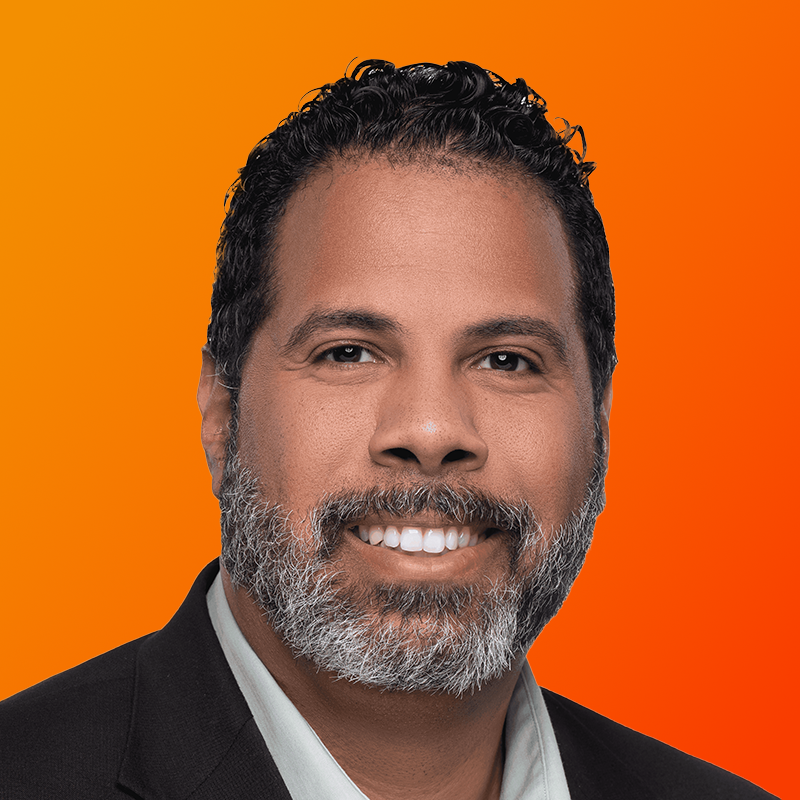
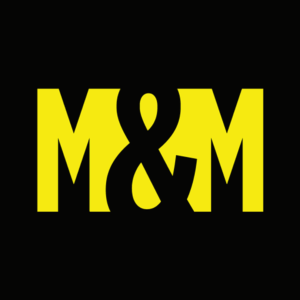




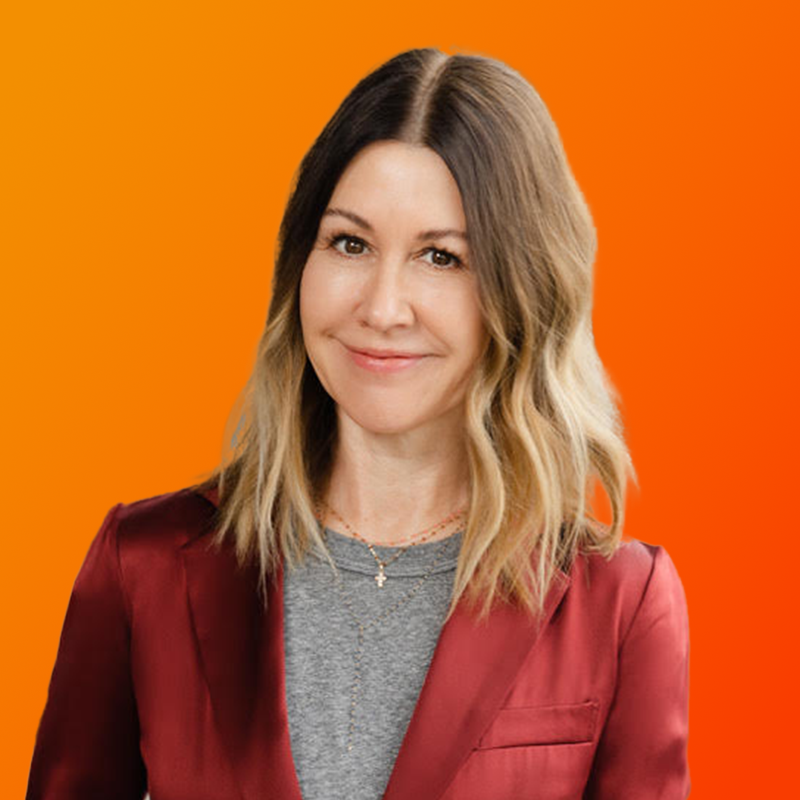
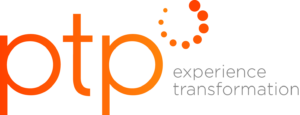
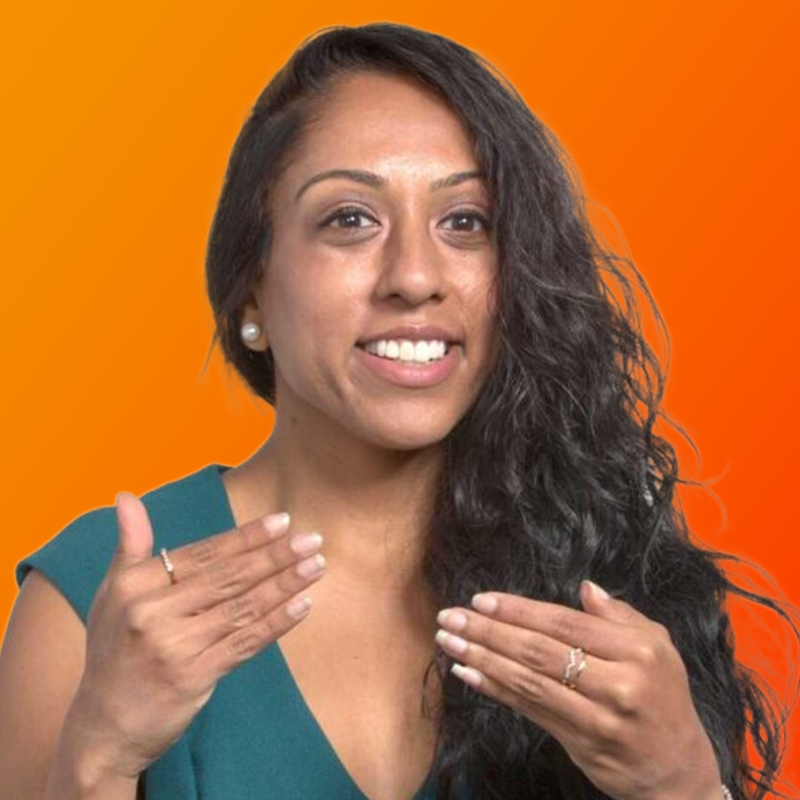

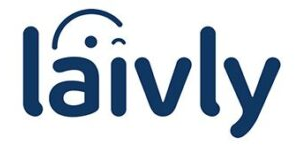



 TELUS Digital
TELUS Digital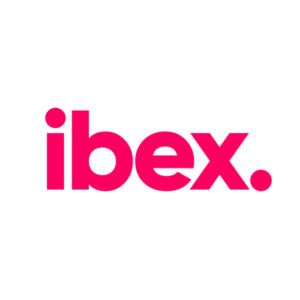 ibex delivers innovative BPO, smart digital marketing, online acquisition technology, and end-to-end customer engagement solutions to help companies acquire, engage and retain customers. ibex leverages its diverse global team and industry-leading technology, including its AI-powered ibex Wave iX solutions suite, to drive superior CX for top brands across retail, e-commerce, healthcare, fintech, utilities and logistics.
ibex delivers innovative BPO, smart digital marketing, online acquisition technology, and end-to-end customer engagement solutions to help companies acquire, engage and retain customers. ibex leverages its diverse global team and industry-leading technology, including its AI-powered ibex Wave iX solutions suite, to drive superior CX for top brands across retail, e-commerce, healthcare, fintech, utilities and logistics.


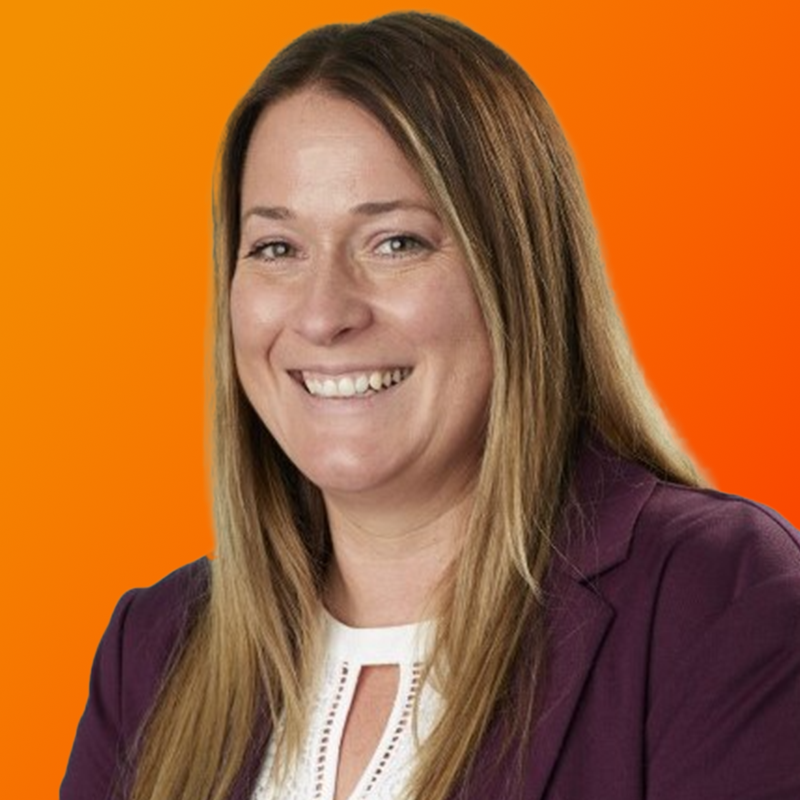
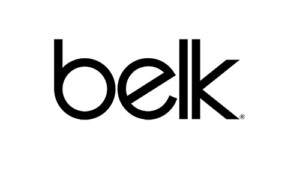
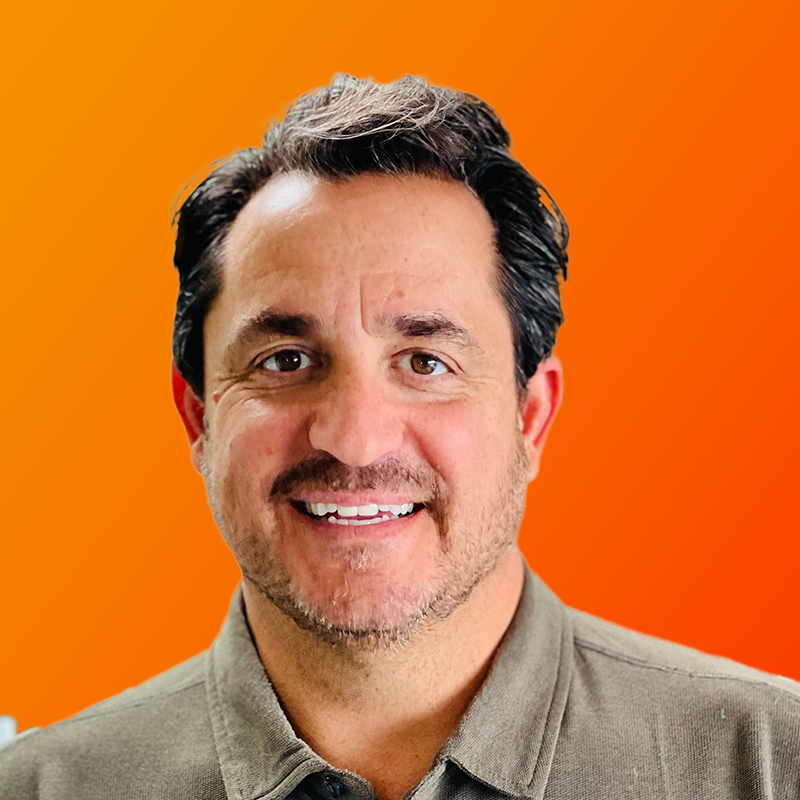



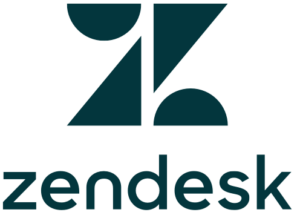
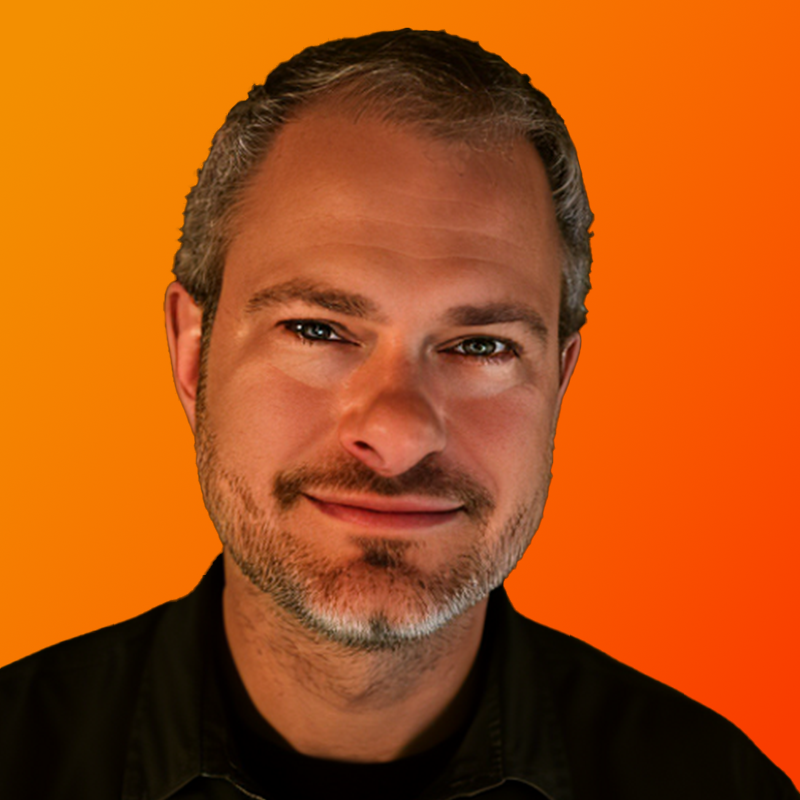

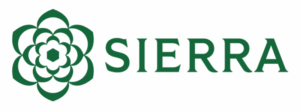



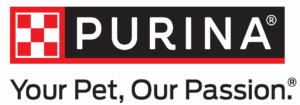



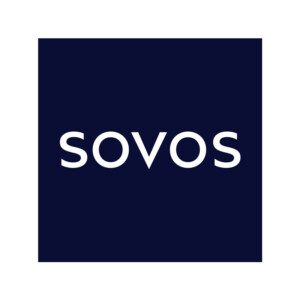


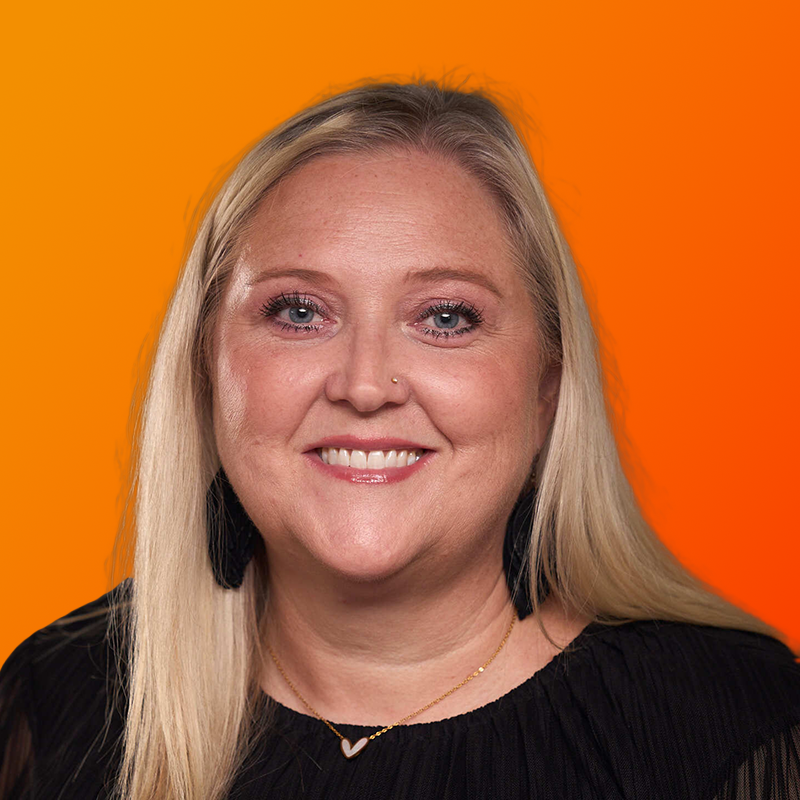 Trista Miller
Trista Miller